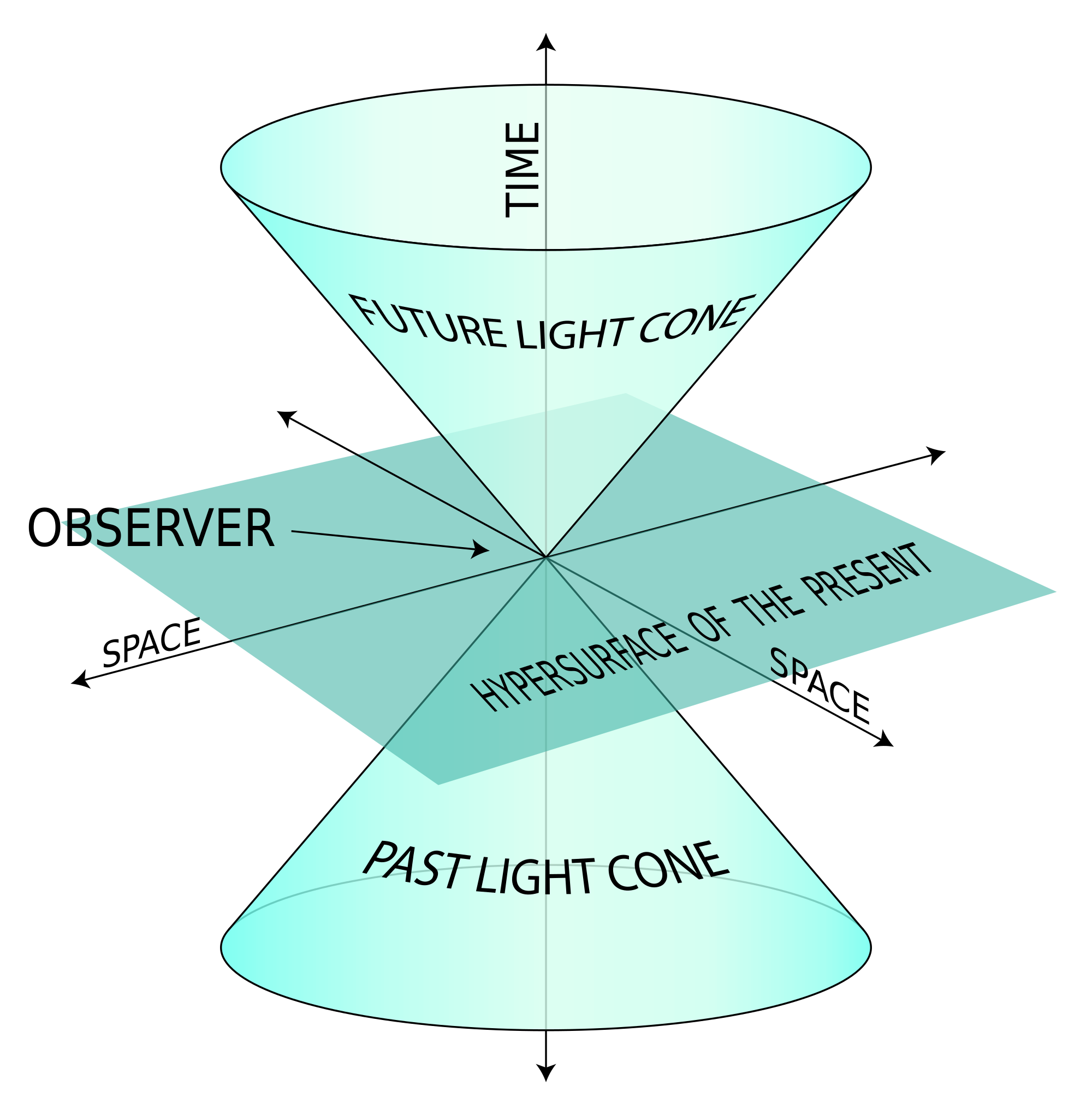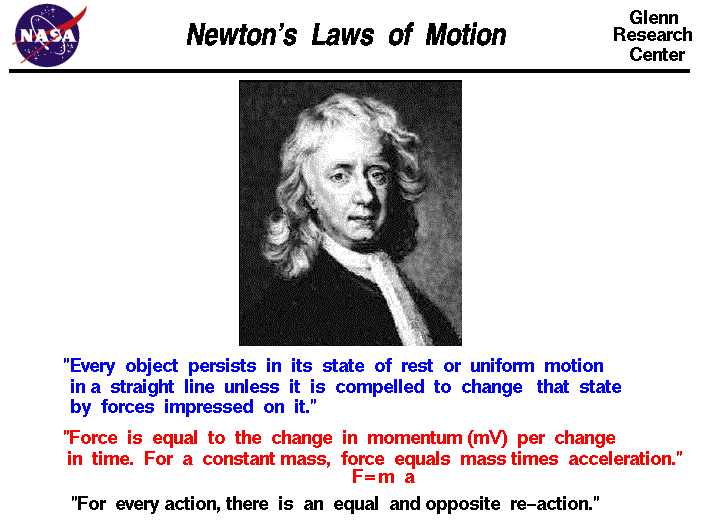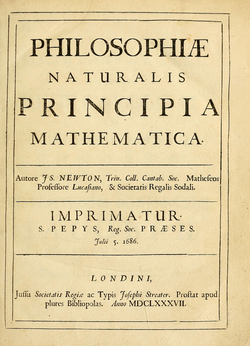In this model of the universe, the universe is finite as it will start with the big bang. Eventually, after the outward force of all matters in the universe (due to kinetic energy or pressure) is all used up, gravity will take over and cause a big crunch where the expanded universe will collapse again.

In this model of the universe, it is also infinite, where it is just expanding faster enough that it is above the critical value. This property will cause this universe to look rather flat.
In this model of the universe, it is invite as gravity will never be strong enough to force all the matters in space to collapse to a singularity.
The first model is very interesting since although the fact that the universe is infinite there are no boundaries of space. This is because gravity is actually super strong that it bends space so that it cannot have boundaries. It is similar to if you continue walk in one direction on earth, although it is finite space, the curvature of space on earth allows you to walk infinitely. Note this is practically impossible since you have to travel faster than light to get ahead of the collapsing universe in order to make it around before the universe becomes zero sized. In the third model, it is rather the opposite as space is bent not like a sphere but like a saddle. The second on is just flat...
All three model involve a big bang which is proven mathematically and with some observations (comics radio background) using the general theory of relativity. This shows that the beginning of time involved a dense singularity.
But, in deciding which of the model is true, one must look at the density of the observable universe and find the amount of gravity needed to halt the expansion of the universe. However, by adding the mass of all the stars, galaxies that are observable, it is find that it is only a small fraction of gravitation force that is needed to stop universe expansion. This caused scientists to rely on the possibility of dark matter and dark energy which increased the gravitation force in our universe.
More work was done on how stars end their life. To explain, I have this diagram:
So basically depending on the mass, a star will end up differently.
A black hole is also proven with general relativity and with complex math. This proved the singularity does exist.







